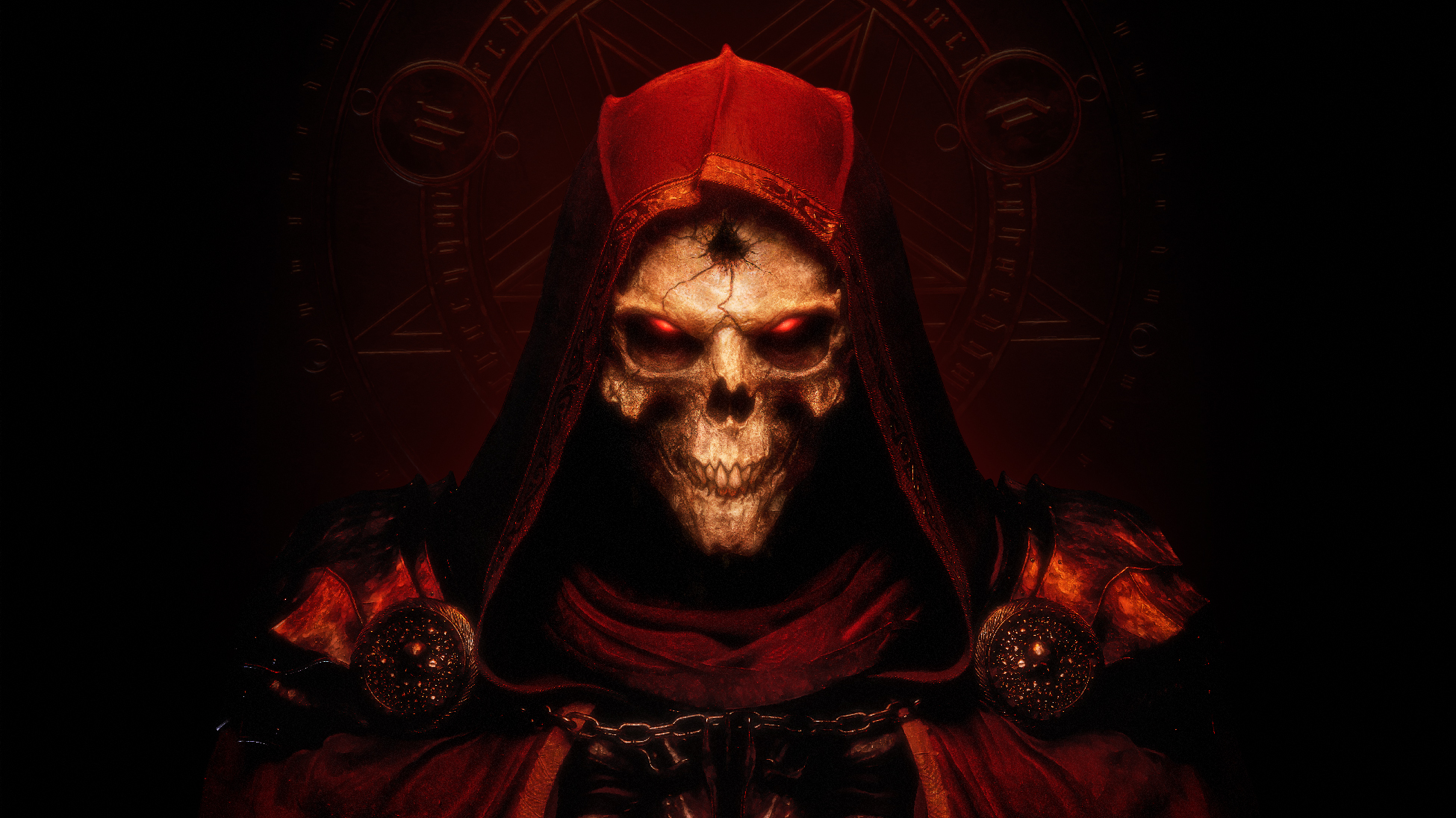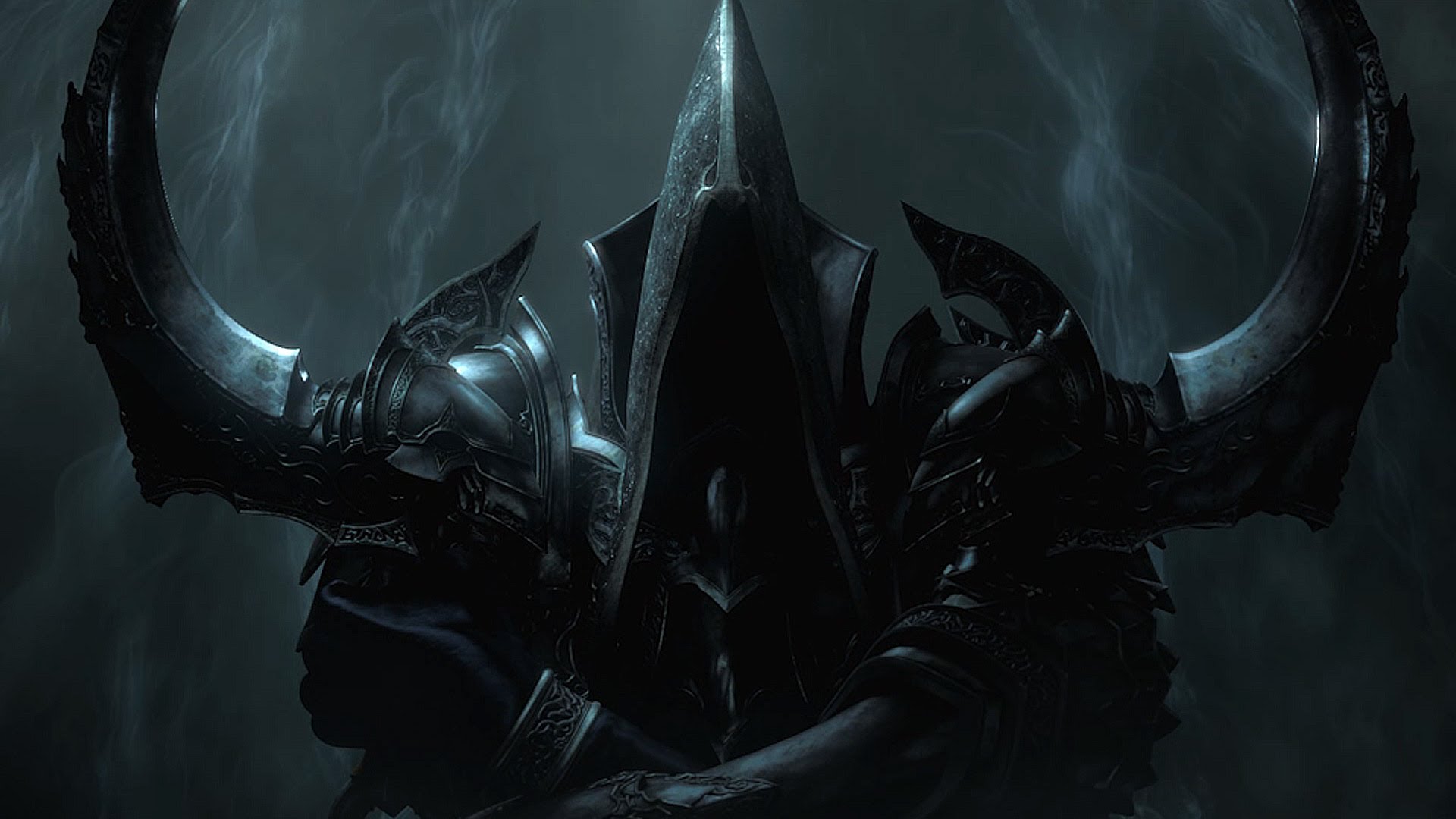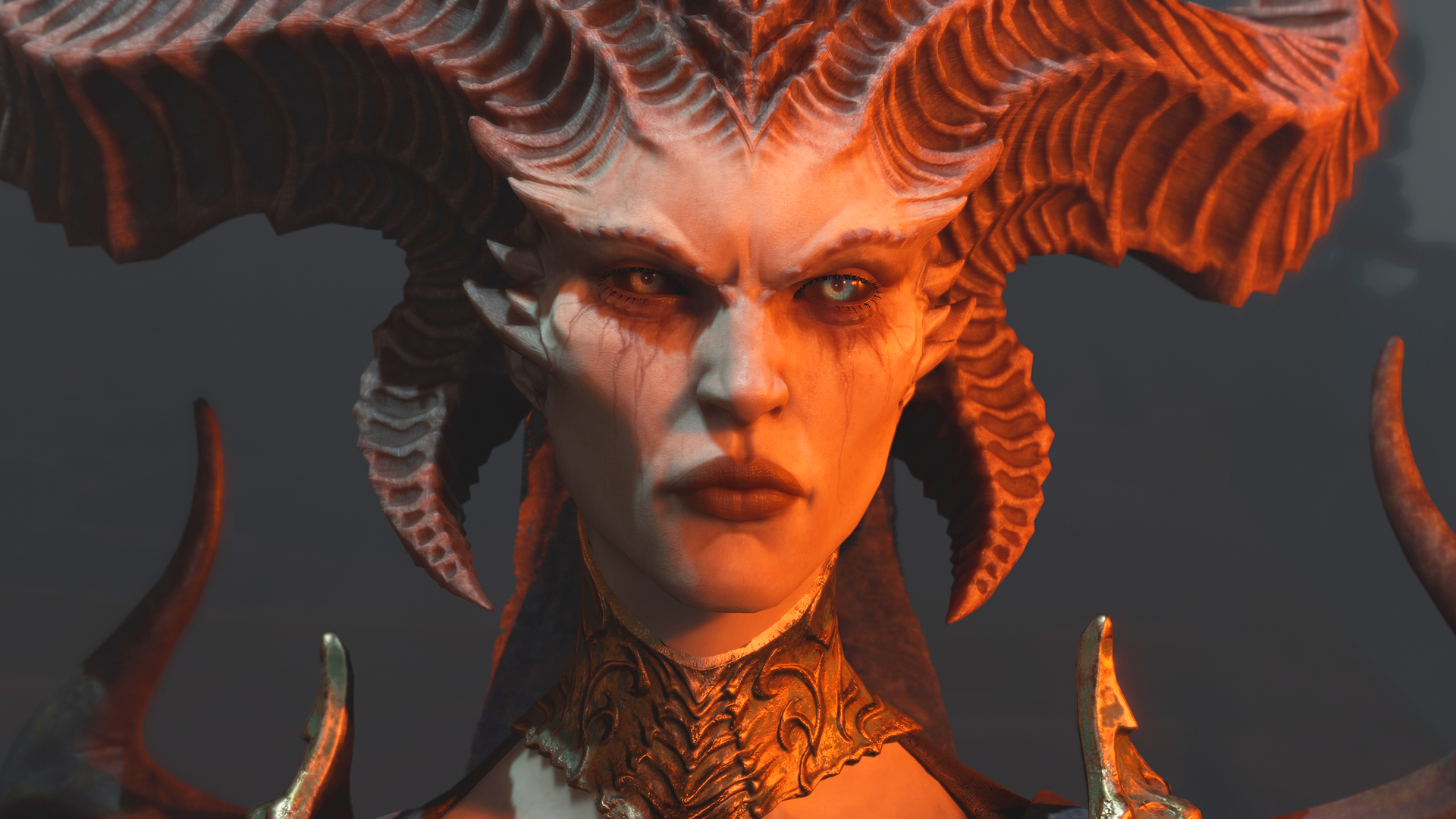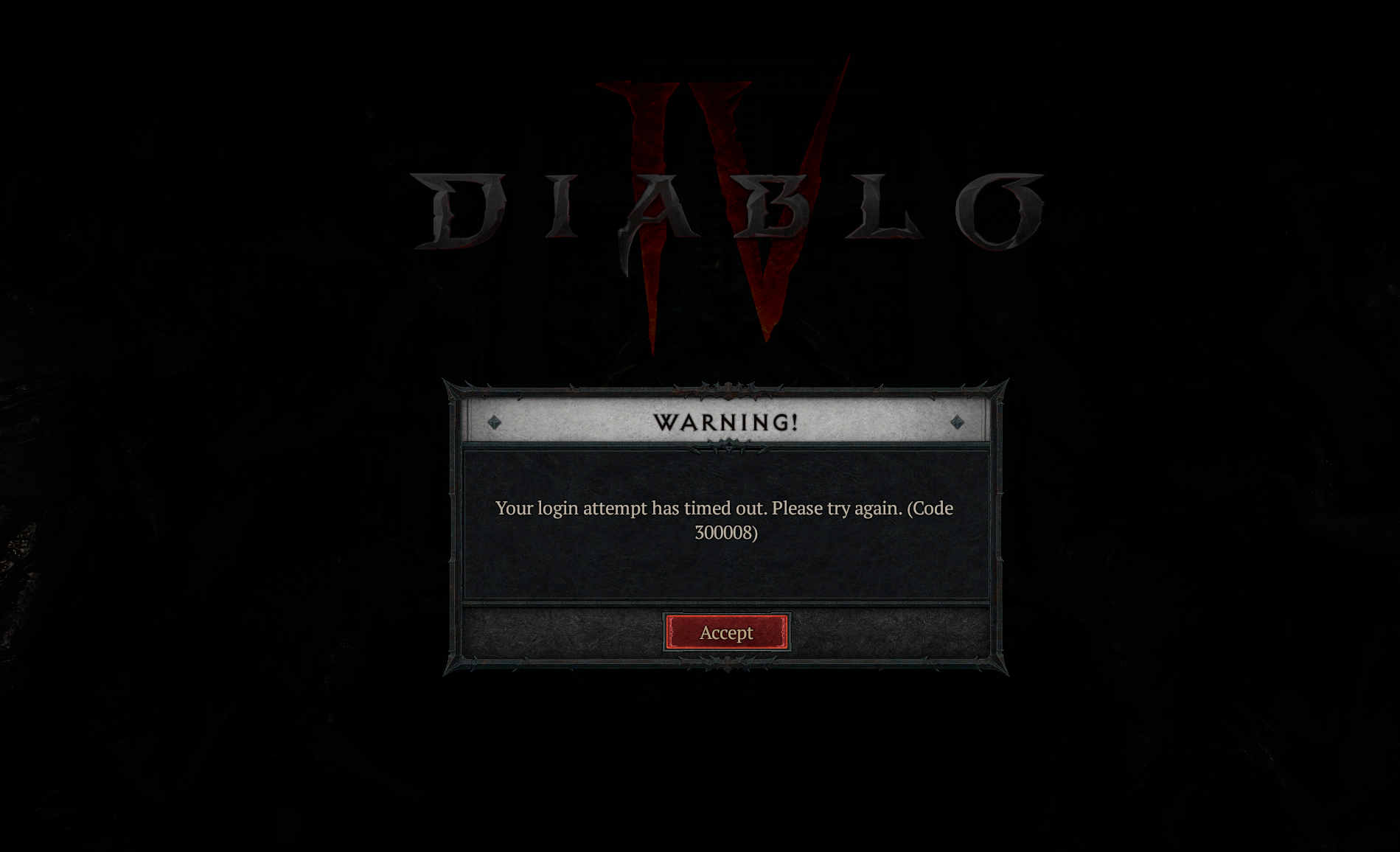The 6 best and most brutal baddies in Diablo
Spend enough time close to hell and you're bound to cross paths with some unsavoury characters. Our Diablo toons have been to the fieriest depths of the underworld, and they've been subjected to more than a few demons, hellfires and great evils over the past couple of decades. The series is home to some wicked Big Bads and even secondary baddies have made their own iconic impressions on fans.
It's no surprise that there are so many iconic villains with 26 years and four hellishly good games under the series' belt. But who are Diablo's best, most cunning, most terrifying bad guys to ever set the world of Sanctuary ablaze? The PC Gamer team put our heads together to remember some of the most savage scoundrels Diablo has to offer.
Snotspill – Diablo
Jody Macgregor, Weekend Editor: There's a sidequest in OG Diablo where the sign from Tristram's pub goes missing and it's up to you to retrieve this vital item. You know, when you're not ridding the world of the Lord of Terror. Turns out the sign's been stolen by a Dark One named Snotspill, who mistook it for some kind of magic banner. When you find the thief on level four of the dungeon, it's been stolen from him in turn—this time by a gang of what Snotspill calls "big uglies". To get the sign back you have to fight a whole room full of Overlords, which are basically palette-swapped variants of the Butcher. If you return it to Snotspill instead of taking the sign back to Tristram, he attacks you as well. The whole thing is patently ridiculous and I love it.
The equivalent in Diablo 4 is a sidequest called Remembering the Goose, which begins the same way. An inn's sign has been stolen, and the sensible person to send off in search of it is you, a monster-murderer of approximately level 40. This time it hasn't been stolen by a silly blue imp, however. It's another bleak story about how people deal with grief, which is Diablo 4 all over, really. Bring back Snotspill.
Gharbad the Weak – Diablo
Joshua Wolens, News Writer: Gharbad the Weak is a cowardly goat that you can find in the same area as Snotspill. I can't quite recall where he is relative to the sign-stealing gremlin, but it's hard to shake the conclusion that Blizzard's creative output peaked precisely on level four of its first ever Diablo.
Anyway, Gharbad doesn't want to die young, and is the only one of Diablo's legioned enemies to realise that—since you just turned all his comrades into dust—he probably doesn't stand a chance against you. In garbled English, he promises to craft you a powerful item in exchange for his life if you'll only give him the time to make it. You can go play the game and check back intermittently or, if you're a busy person with important things to be doing, just exit and enter the level a few times to speed him along the sidequest's phases.
His item sucks. I think he gave me (a Sorcerer) a mace of some description. But no matter, because he develops a Gollum-like attachment to the thing in the process of making it and decides to fight you over it. You kill him, take the weapon, and subject the poor goatman to the posthumous indignity of selling his life's work to the town blacksmith. Farewell to Gharbad, Diablo 1's dumbest enemy, and somehow the only one to briefly realise he didn't stand a chance against the player character.
The Dark Wanderer – Diablo 2

Fraser Brown, Online Editor: All these years later I'm still convinced that Diablo 2's greatest trick was to transform your heroic adventurer from the original Diablo into the source of Sanctuary's problems in Diablo 2. So your reward for defeating Diablo is becoming the very evil you were determined to stop.
Some of Blizzard's most memorable cutscenes chart the terrible path the former hero, now Dark Wanderer, takes, followed by narrator Marius, who shares the terrors he's witnessed while he's stuck in an asylum, evocative of Dracula's Renfield. For as much fun as I had hacking and slashing my way through hordes of demons, I was equally playing Diablo 2 for the tragic story of a hero forced to wander the world in an attempt to reunite the Prime Evils and fuck everything up. Brilliant stuff.
Malthael – Diablo 3: Reaper of Souls

Tyler Colp, Associate Editor: Say what you will about Diablo 3’s story, but the expansion, Reaper of Souls, was a delicious mix of the series’ grim tone and ridiculously over-the-top characters. Despite being the Archangel of Wisdom, Malthael saw the immense power in Nephalem—Diablo’s half-demon half-angel humans—and said “I can do that.” Apparently you can just declare that you’re the Aspect of Death (more people should be doing this) and become Thanos four years before Avengers: Infinity War popularised his apocalyptic finger snap. We saw this dude’s goth phase play out live and he had the audacity to question if you, the player, are the real villain. Malthael is menacing because nobody is going to argue that watching an angel go mad isn’t sick as hell, and because watching him actually pull at least half of his goal off is a much better ending than shoving Diablo back into a Pokéball again.
Lilith – Diablo 4

Sean Martin, Guides Writer: I never played the earlier games, but as Diablo 4's story unfolded and I found out more about Sanctuary, I was surprised to learn that a character as important as Lilith hadn't appeared sooner. Her relationship with Inarius is the foundation on which the world was built, and for those who perhaps don't know any better, *guiltily raises hand*, her intentions don't seem all that evil. When faced with an apathetic Inarius who's clearly lost his mind, and the cathedral's army of fanatics trying to police the world, it's easy to see her as a preferable option for Sanctuary's future.
It's one of the reasons I'm kind of sad that Diablo 4 doesn't have more narrative choices, especially in regards to Lilith. Either way (spoiler) the cutscene between her and Inarius is an incredible cinematic. Even as someone who only came to the series this game, I can tell how important that moment is. Perhaps the best part of Lilith's characterisation and performance for me, is how that mask of kindly mother slowly slips to reveal the hatred and betrayal bubbling beneath.
Mollie Taylor, Features Producer: Yeah, Diablo 4 is my first foray into the series and I was kind of gutted that she's not the big bad in all the other entries. She's dastardly and deadly and I was hooked the moment she descended from those poor blokes' entrails in the opening cinematic. I haven't had much of a chance to sink enough hours into the game since it launched, but Lilith really makes me wanna go and dedicate a good few weeks to exploring Sanctuary further.
Always Online – Bad Design

Christopher Livingston, Features Producer: So I'm in the mood to smash some monsters and see rare pants fly out of them, but what's this? The Diablo 4 servers are down for 12+ hours. Wait a second, I say. I'm not playing multiplayer. I'm not interested in co-op or PvP. I just want to smash demons and collect loot all by myself. But Diablo 4 is always online because somehow seeing other players occasionally run by makes this a better experience for me? If you can play a game solo, there should always, always, always be an offline mode. Otherwise it's just demonic.

Post a Comment